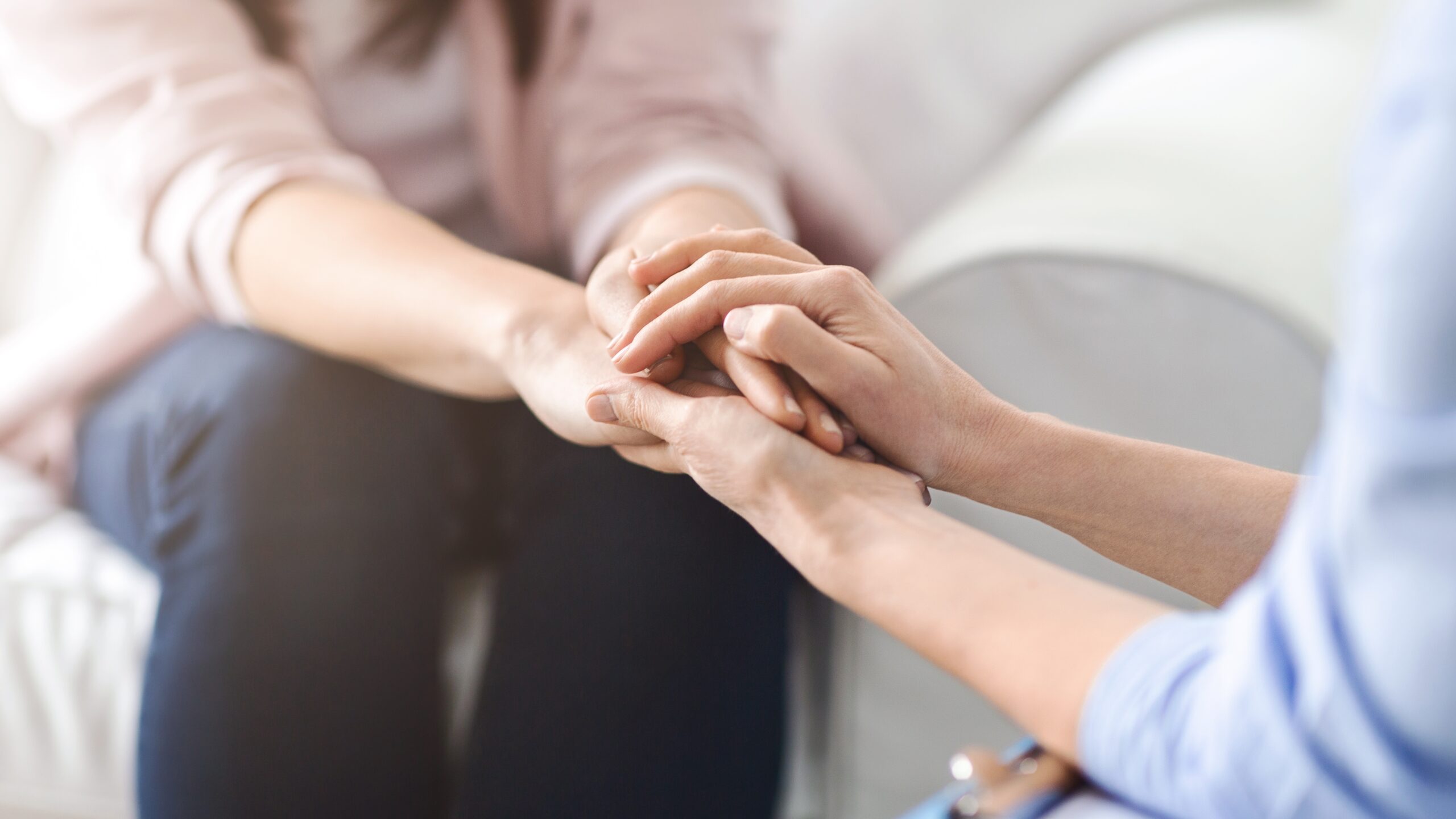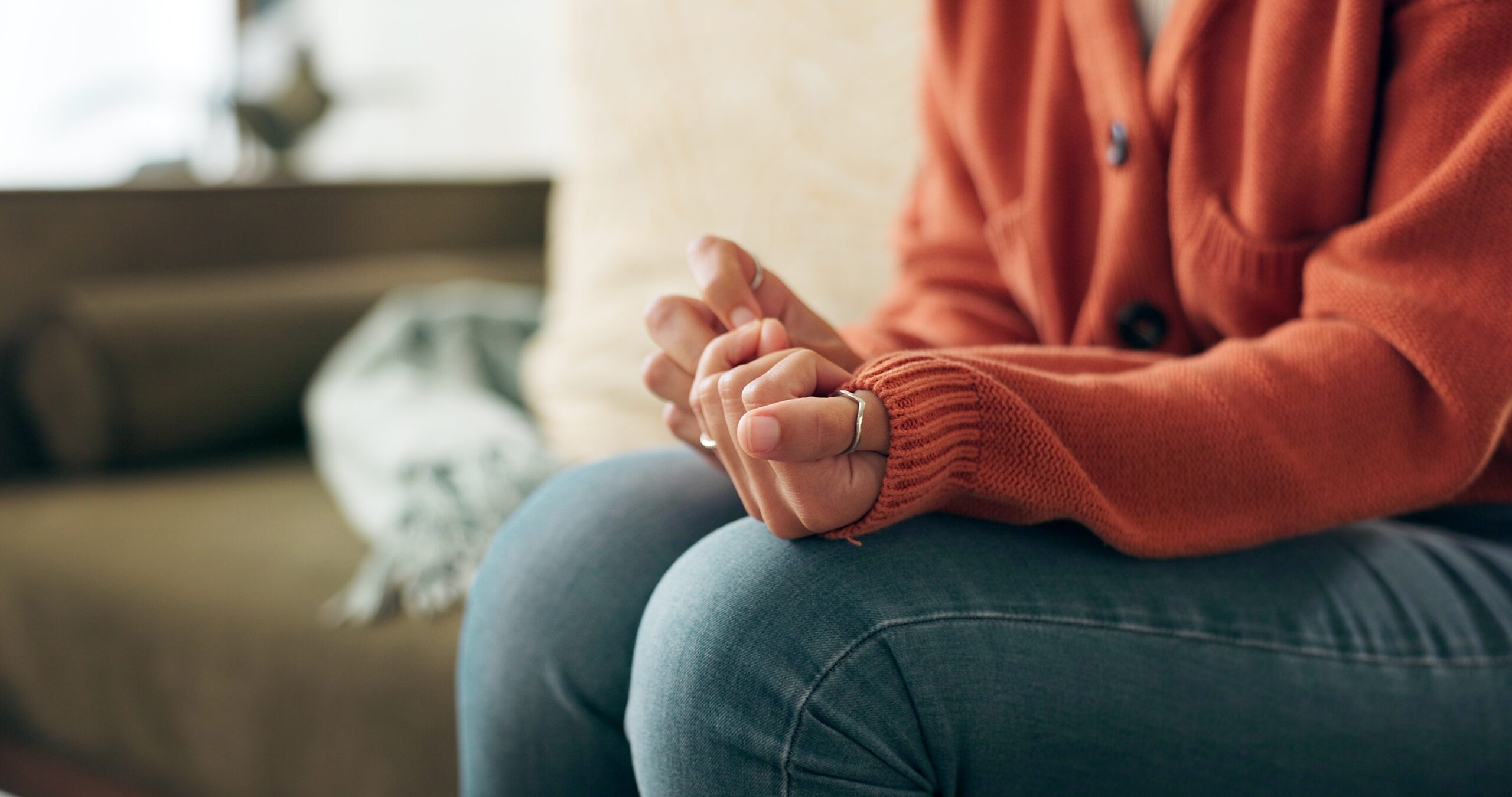If you’ve ever thought you were “getting better” only to feel worse again — you’re not failing. You’re healing. And healing doesn’t move in a straight line. It loops, dips, pauses, and restarts. That doesn’t mean you’re going backwards — it means you’re human. In this guide, we unpack what it truly means when people say “healing isn’t linear”, why setbacks are normal, and how to stay kind to yourself on the bumpy road to feeling better.
Outline
- What “Healing Isn’t Linear” Really Means
- Why Setbacks Happen (and Why They’re Normal)
- Signs You’re Still Healing — Even If It Feels Like You’re Not
- How to Cope When You Feel Like You’re Back at Square One
- Why Self-Compassion Is the Key to Progress
- Final Thoughts: You’re Already Doing Better Than You Think
What “Healing Isn’t Linear” Really Means
When people say “healing isn’t linear”, they mean this:
The road to recovery — whether it’s from trauma, grief, anxiety, depression, burnout or heartbreak — doesn’t move in a straight, upward line.
Instead, it often looks like:
- A few good days, followed by a rough one
- Feeling okay for weeks… then suddenly not
- Repeating the same lesson, even though you thought you’d “moved on”
- Small victories mixed with unexpected dips
🌀 Progress can be slow, messy, and full of loops — and that’s okay.
Why Setbacks Happen (and Why They’re Normal)
Life isn’t a vacuum. Even when we’re healing, stressful events, reminders, hormones, and exhaustion can bring back symptoms we thought we’d left behind.
Setbacks don’t mean failure.
They often mean:
- You’re being tested in a new way
- Your brain is revisiting old wounds with new awareness
- You’re tired, and that’s okay
- You’re still learning how to cope — which is progress in itself
💡 Healing is a cycle — not a finish line.
Signs You’re Still Healing — Even If It Feels Like You’re Not
Sometimes progress is invisible. You might not notice it until you look back.
You’re still healing if:
- You pause before reacting
- You notice patterns you didn’t before
- You get through a bad day without giving up
- You reach out for help instead of isolating
- You feel more aware, even if it’s uncomfortable
- You try again after falling down — even if it’s messy
Healing isn’t about never struggling. It’s about how you respond when you do.
How to Cope When You Feel Like You’re Back at Square One
First: You’re not. You’re starting again from experience, not from scratch.
Here’s what helps:
1. Name it without judging it
Say: “I’m having a tough day.” Not: “I’m failing.”
2. Journal or reflect on what’s different this time
Ask:
- What tools do I have now?
- What helped before?
- What did I learn last time?
3. Do the smallest, kindest thing for yourself
- Drink water
- Breathe
- Take a nap
- Message someone safe
- Get outside, even for five minutes
4. Challenge all-or-nothing thinking
You’re not either healed or broken. You’re in-between — and that’s where growth lives.
Why Self-Compassion Is the Key to Progress
You don’t heal by pushing harder or criticising yourself into recovery. You heal by learning to:
- Soothe yourself gently
- Forgive yourself for being human
- Accept that progress includes struggle
- Cheer yourself on in small wins — not just big ones
Talk to yourself the way you’d talk to a friend going through the same thing.
Final Thoughts: You’re Already Doing Better Than You Think
Some days healing looks like yoga and green juice.
Other days, it looks like getting out of bed and brushing your teeth.
Both count. Both are enough.
You’re allowed to:
- Move slowly
- Fall apart and come back together
- Ask for help
- Change your mind
- Begin again (and again, and again)
Healing isn’t linear — but it is happening. And you are doing beautifully.








